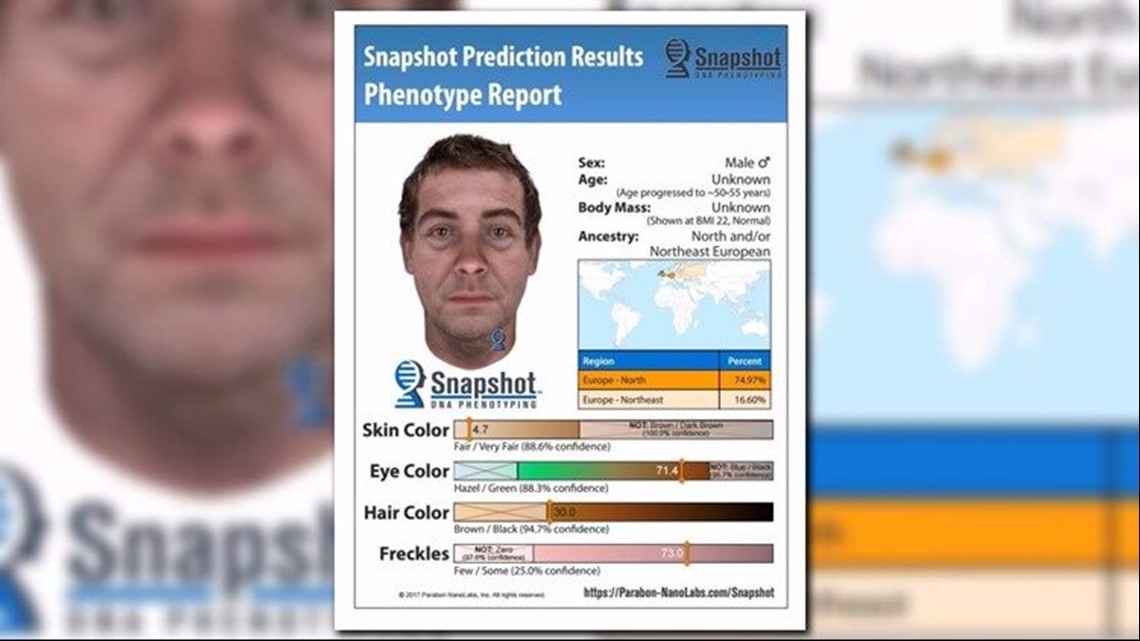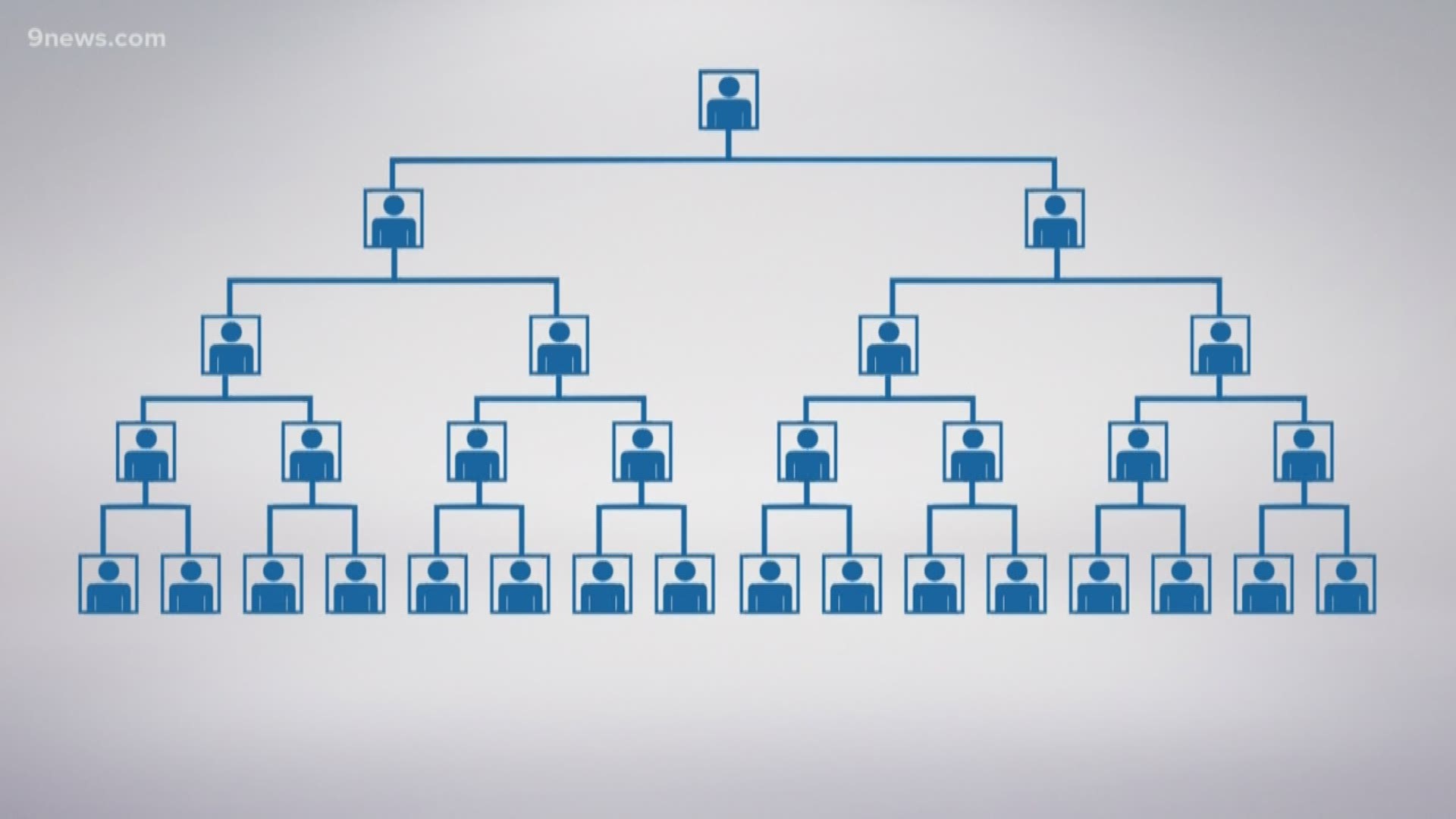THORNTON, Colo. — The man now suspected in a decades-old Colorado Springs cold case was taken into custody Thursday afternoon in a suburban subdivision.
According to the Colorado Springs Police Department, genetic genealogy DNA analysis tied Michael Whyte to the March 17, 1987 slaying of Darlene Krashoc, an active duty soldier who was stationed at Fort Carson. Whyte now faces charges for first-degree murder, police said Friday afternoon.
He was arrested at his home in the 1500 block of East 131st Place in Thornton.


Krashoc’s body was found behind a restaurant in Colorado Springs by officers who were on routine patrol. The night before the 20-year-old’s death, the department said she went to a club called Shuffles with fellow members of her unit. The coroner determined she had been strangled, and her body had been hidden behind the restaurant.
Over the years, the case went cold.
It was reopened for additional laboratory testing in 2004 and 2011, according to a news release from the Colorado Springs Police Department. That’s when investigators found an unknown DNA profile on several pieces of equipment. Police believed it belonged to a man.
This evidence was later submitted to the U.S. Army Criminal Investigation Laboratory, which sought the services of a DNA company that uses DNA phenotyping. This analysis produced trait predictions for the suspect, allowing officers to distribute a composite photo in 2017.


Then, in early 2019, police asked for a genetic genealogy analysis on the unknown suspect in the DNA profile. According to the news release, this ultimately led investigators to identify Whyte as the suspect.
He is currently being held in the Adams County Detention Facility without bond.
Genetic DNA genealogy involves taking DNA from a crime scene and uploading it to an open source DNA database. This could lead to a match with relatives, allowing investigators to start building a family tree.
From there, police can identify potential suspects and begin to gather DNA samples. Those tests help investigators narrow down the results.
Sites like Ancestry and 23 and Me prohibit law enforcement from utilizing DNA profiles uploaded to them. Other sites, like GEDmatch and Family Tree DNA, allow it.
This type of technology was used to solve the case against the Golden State Killer, as well as a 1973 California murder that led to a suspect in Monument.
SUGGESTED VIDEOS | Local stories from 9NEWS

